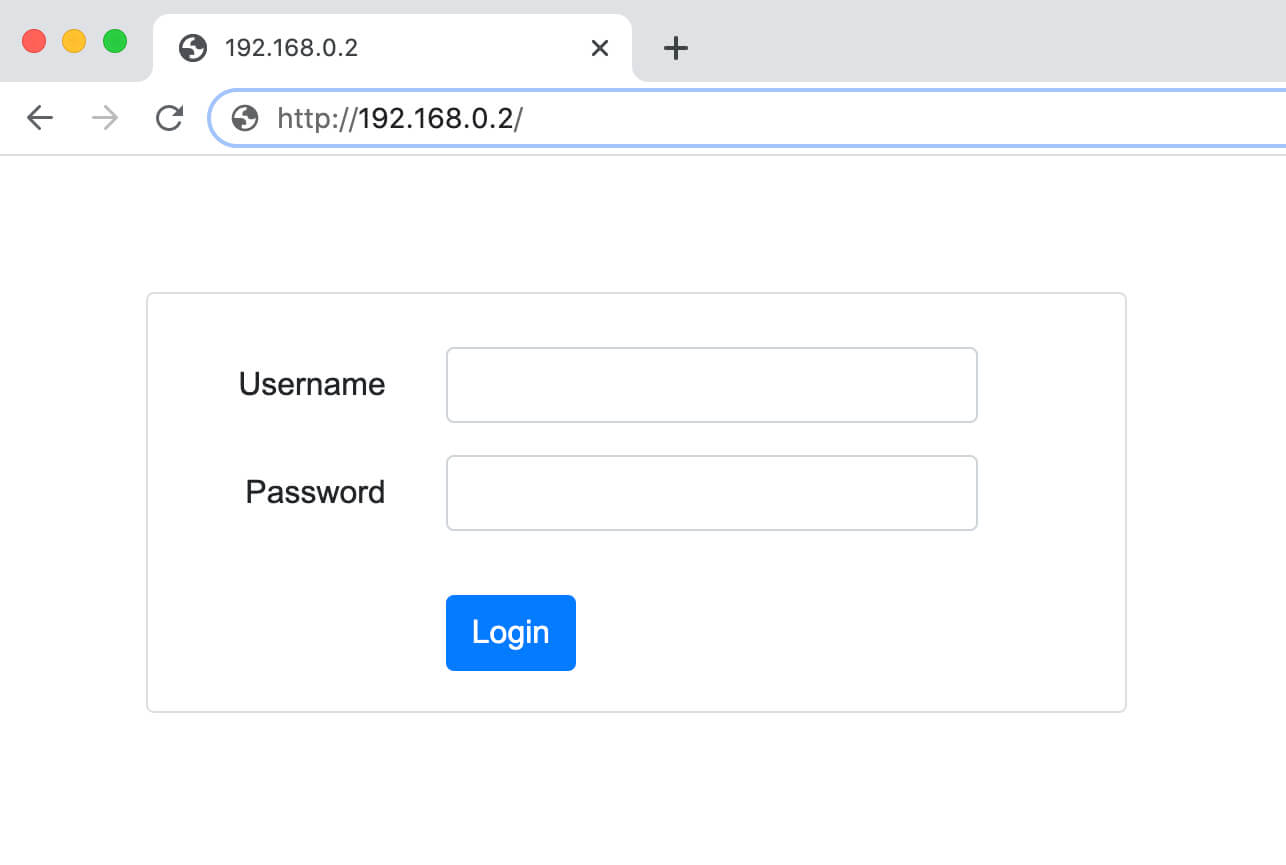If you’ve ever wondered what that mysterious combination of numbers, 192.168.0.2, is, then you’re in for a treat! In this article, we’ll dive deep into the world of private IP addresses and explore how this particular address can grant you access to the administrative interface of your network router. So grab your preferred web browser and get ready to embark on a journey of discovery!
What is 192.168.0.2?
192.168.0.2 is a private IP address belonging to the Class B range of private IP addresses. This specific address serves as a gateway to the admin interface of network routers. Manufacturers commonly pre-configure 192.168.0.2 as the default IP address for accessing this interface. In fact, it is the default IP address for many D-Link and NETGEAR Routers. The admin web interface is a vital web page that hosts all the essential settings for both your wireless router and network. Through this interface, you can customize various aspects of your network, such as changing the SSID (WiFi Network Name), password, and admin login credentials.
How to Login to 192.168.0.2
Curious about accessing the admin web interface of your router via 192.168.0.2? Let’s walk through the process step by step:
- Open your preferred web browser on your PC (Google Chrome, Mozilla Firefox).
- Open a new blank tab and type
http://192.168.0.2/into the address bar, then hitEnter. - You will be redirected to the login page of your router’s web interface. Here, you’ll find fields for entering your username and password.

- Retrieve the default login username and password from either the router’s box or its side/back. Use this information to log in.
- Congratulations! You are now logged into the admin interface of your router.
Accessing this web page is a breeze as long as you have a connection between your web router and your PC, along with the default gateway address. You can establish a connection by using an Ethernet cable or by connecting to the WiFi network. Remember, the default gateway address, or default IP address, is crucial for accessing the router’s admin web interface. Ensure you know the exact IP address for your router; otherwise, accessing the interface will remain elusive.
How to Change the WiFi Network Name and Password Through 192.168.0.2?
As promised, we’re here to unveil the secrets of customizing your WiFi network name (SSID) and password through the 192.168.0.2 interface. Follow the instructions below to make the changes you desire:
Change the WiFi Network Name (SSID):
- Log in to the router using the aforementioned method. This will land you on the home screen of the admin web interface.
- Locate the “Wireless” section.
- Within the “Wireless” section, find the “Wi-Fi Network Name/SSID” field.
- Enter your desired new WiFi Network Name in the provided field.
- Click on “Save/Apply” to preserve the changes.
- The router will undergo a reboot. Once the process completes, you’ll see the updated name for your WiFi Network.
Change the WiFi Network Password:
- Log into the router using the method described earlier.
- Once logged in, navigate to “Home > Wireless” in the admin web interface.
- In the encryption section under your main WiFi network, locate the “Wi-Fi Password/Passphrase” field.
- Enter your new WiFi Password, ensuring it is strong and that the encryption protocol is set to WPA2/WPA3 for enhanced security.
- After entering the new WiFi Password, click on “Save/Apply” to save the changes.
- Voila! You can now connect to the WiFi network using the updated password.
Changing these settings is a breeze now that you have access to the admin web interface through 192.168.0.2. Feel free to explore further and take full control of your network to suit your preferences.
Unlock the Potential of 192.168.0.2!
192.168.0.2 may just be a combination of numbers, but it holds the key to unlocking a world of possibilities through your router’s admin web interface. From customizing your WiFi Network Name and Password to managing essential network settings, the power is in your hands. So, go ahead and make the most of 192.168.0.2, transforming your network experience one setting at a time!
Remember, whenever you need to access your router’s admin web interface, simply enter 192.168.0.2 into your browser and get ready to dive into the fascinating world of router customization. Happy networking!